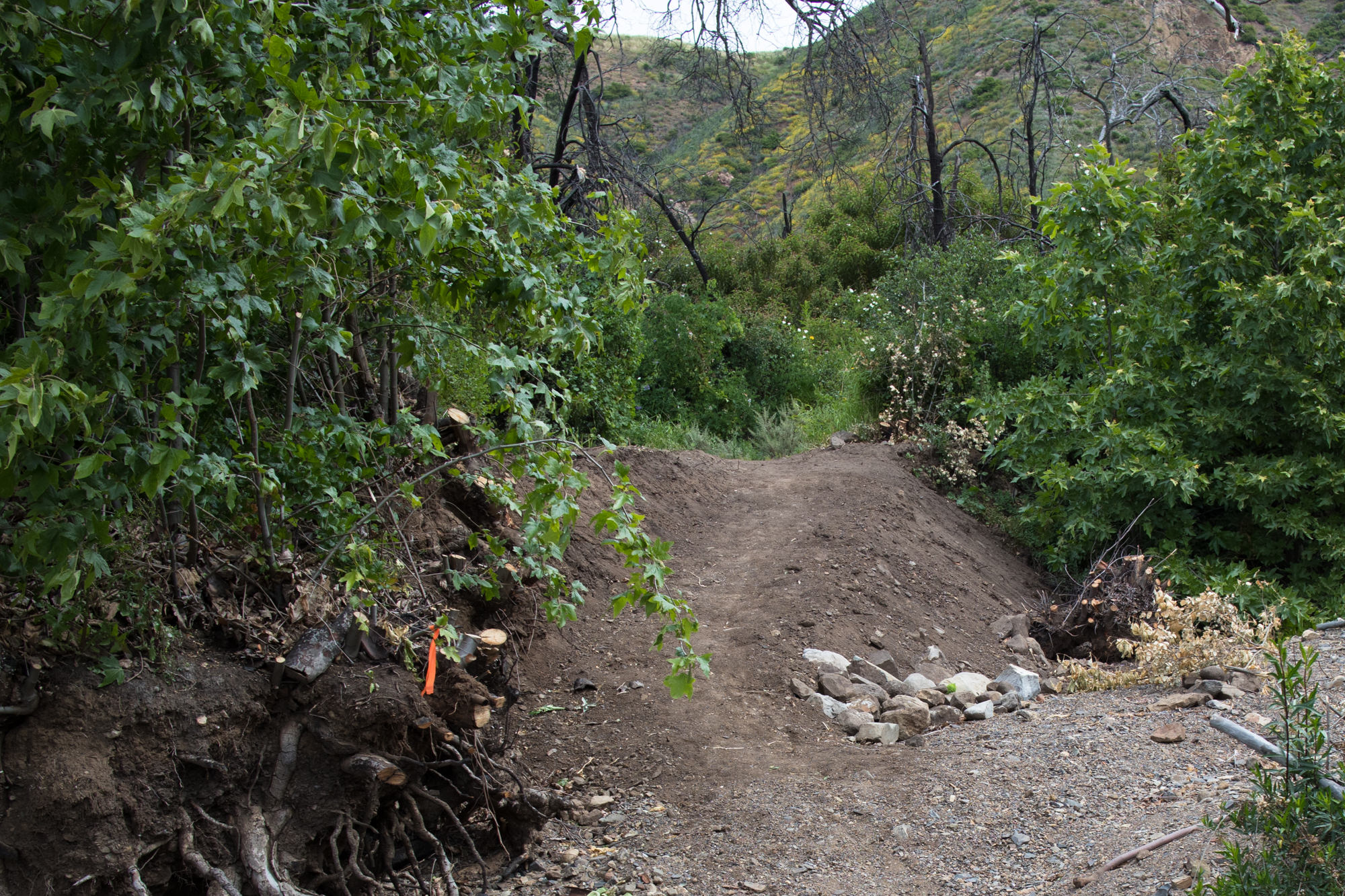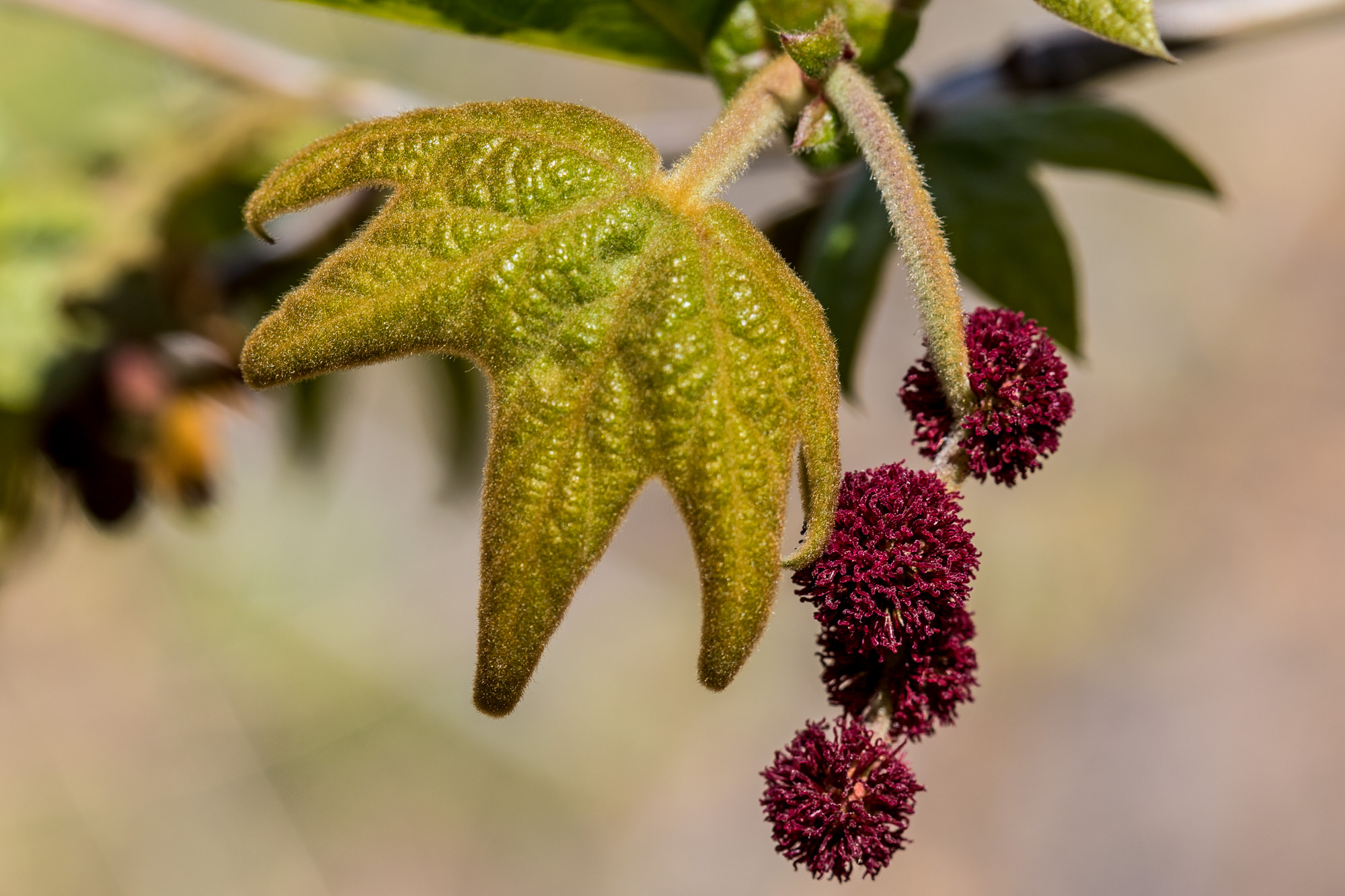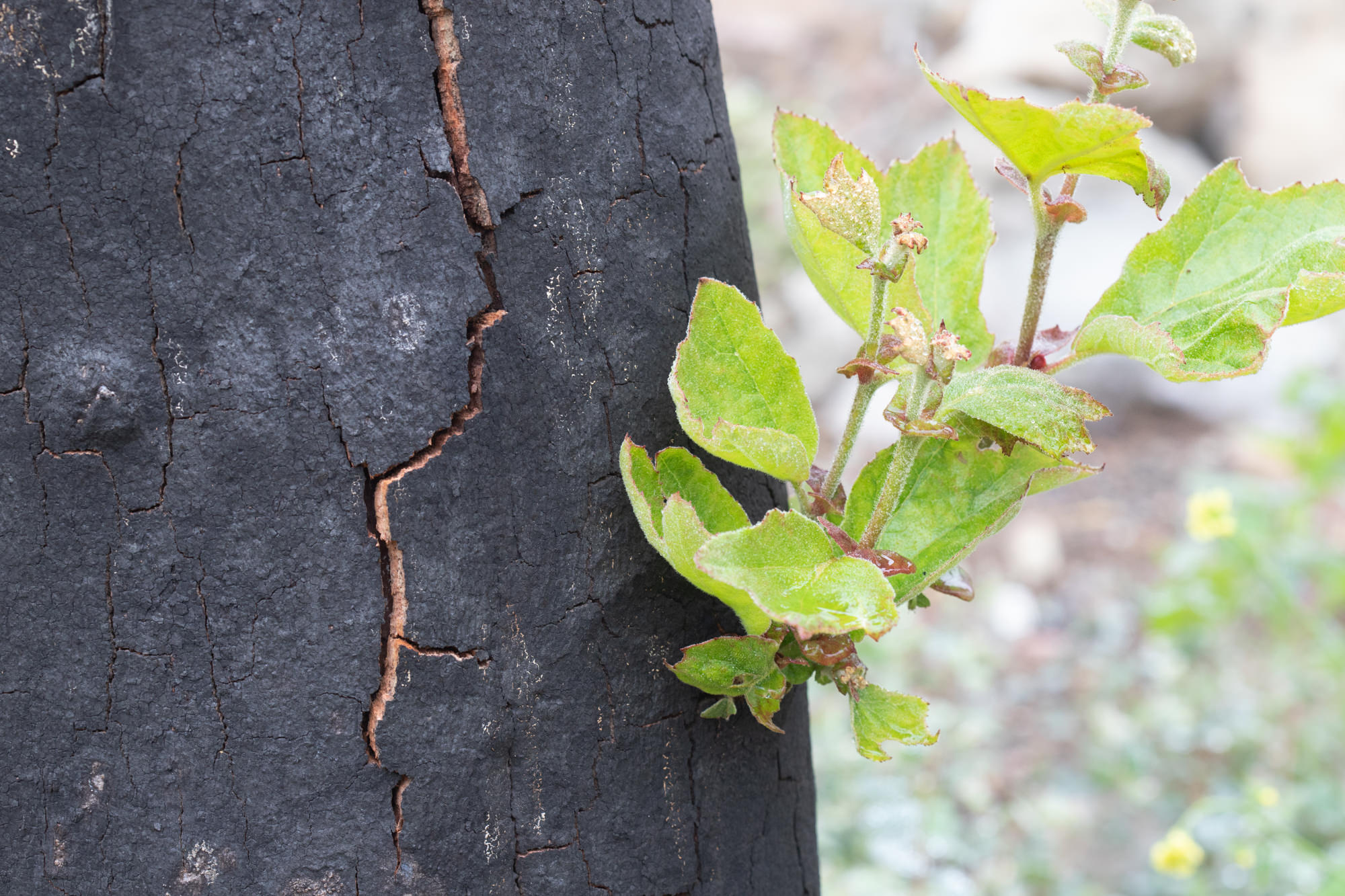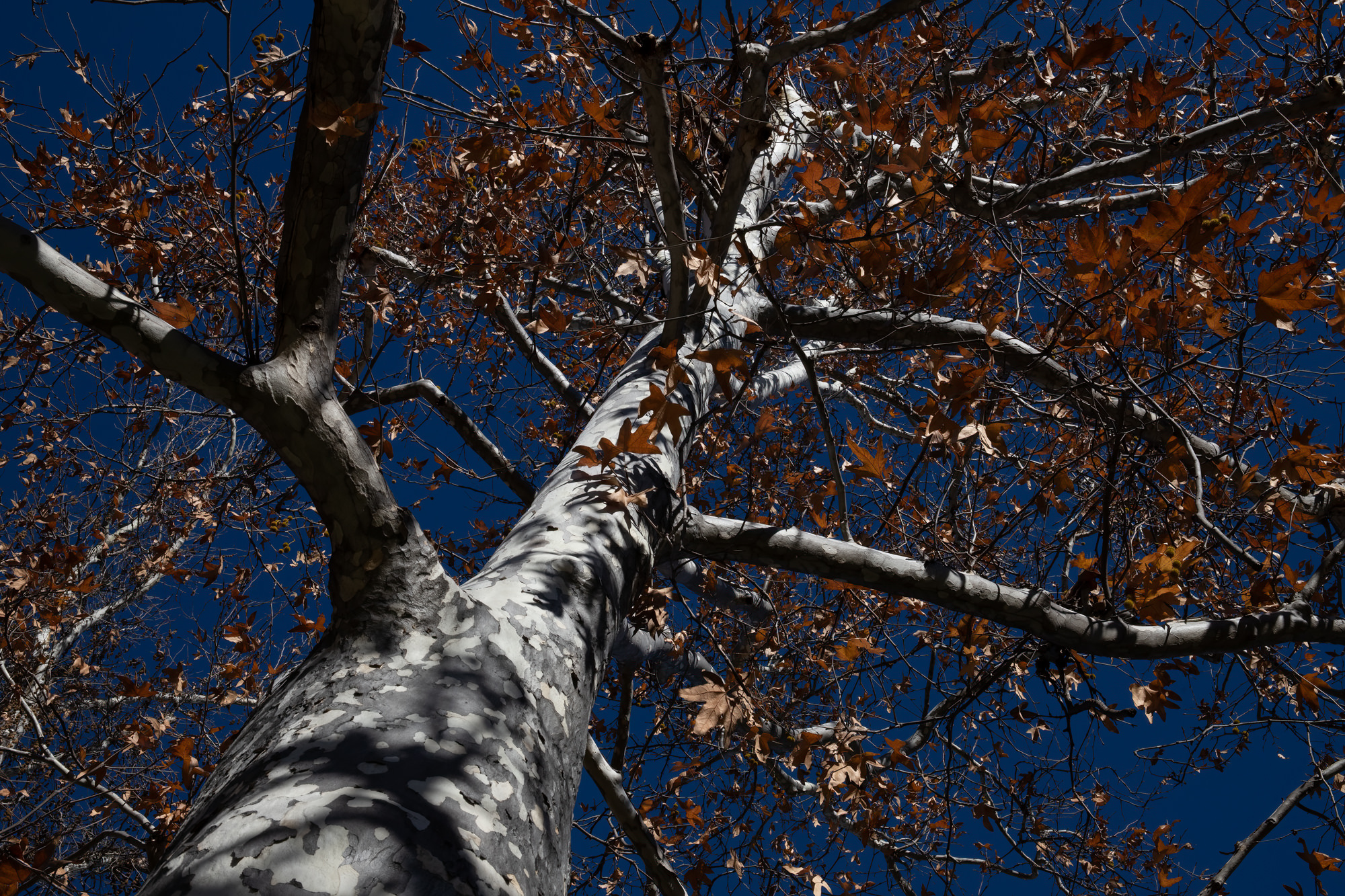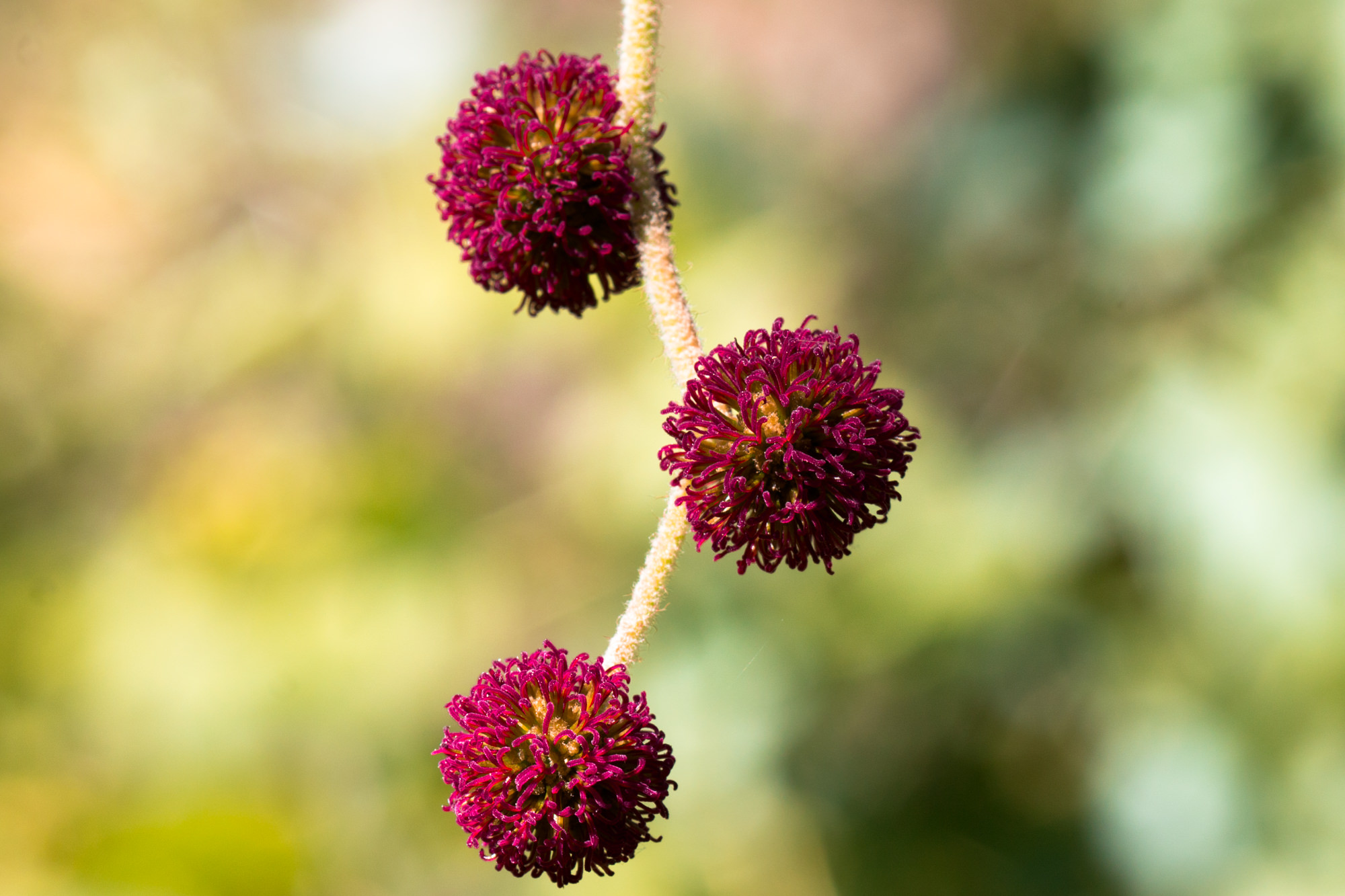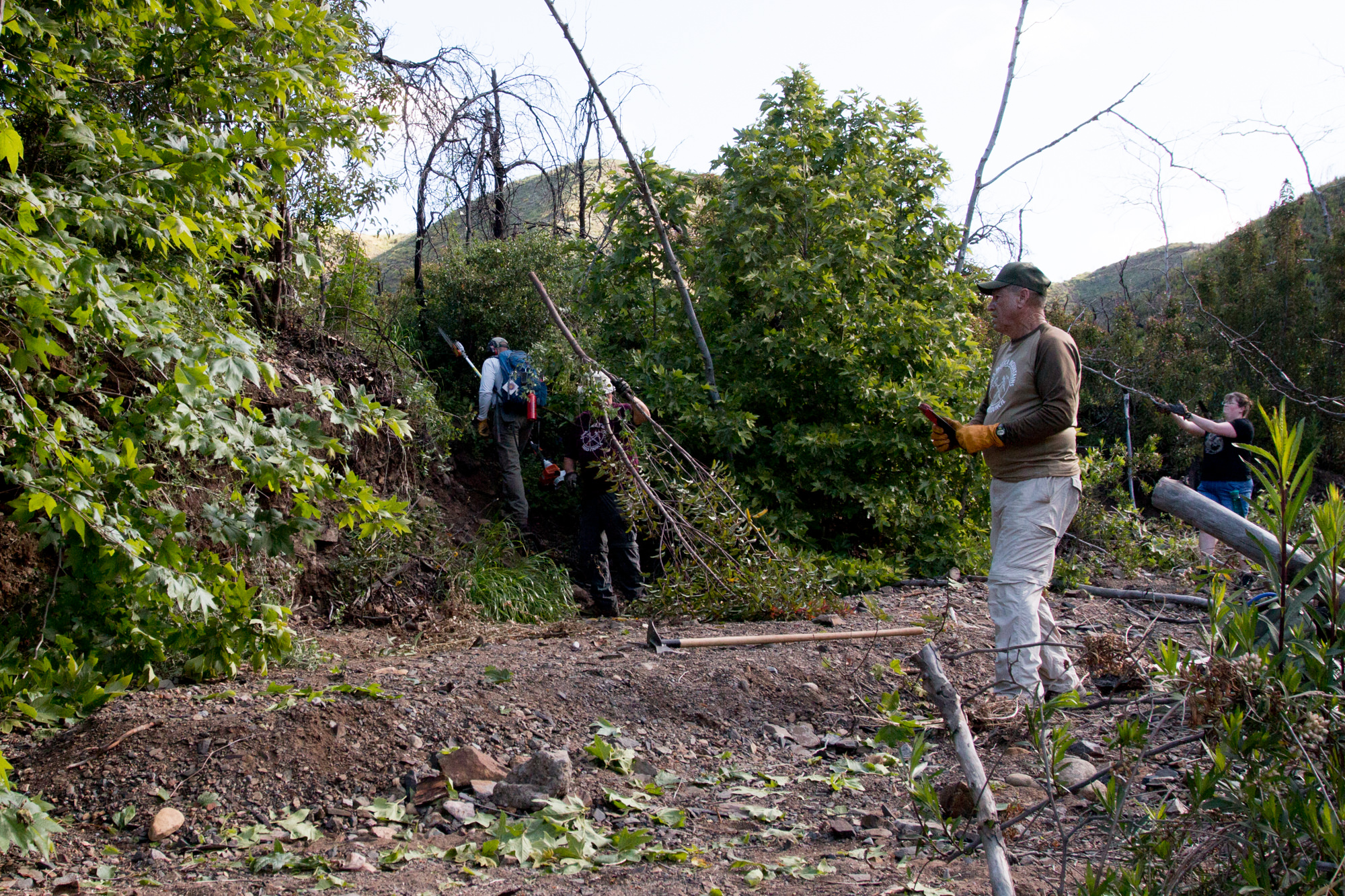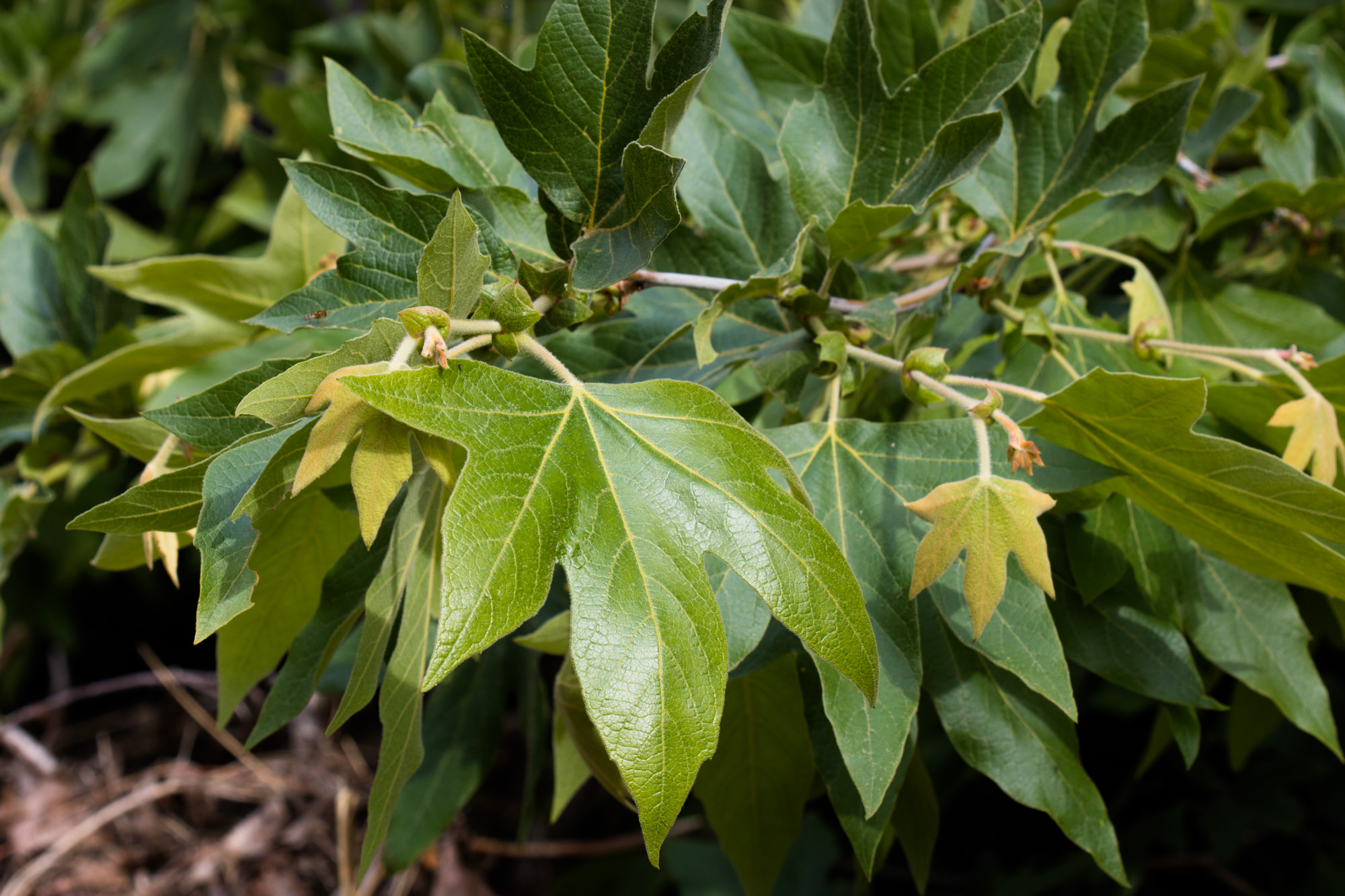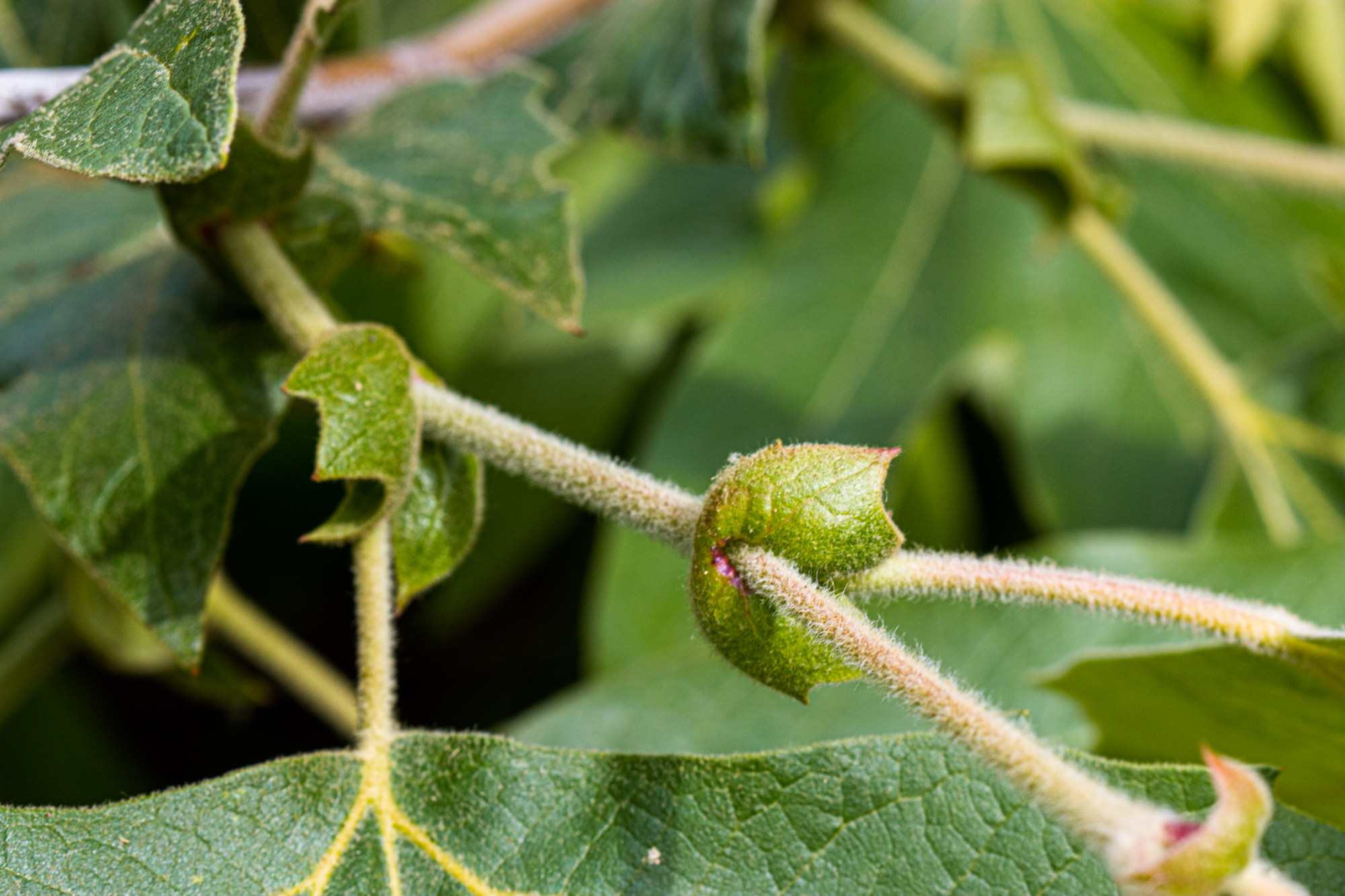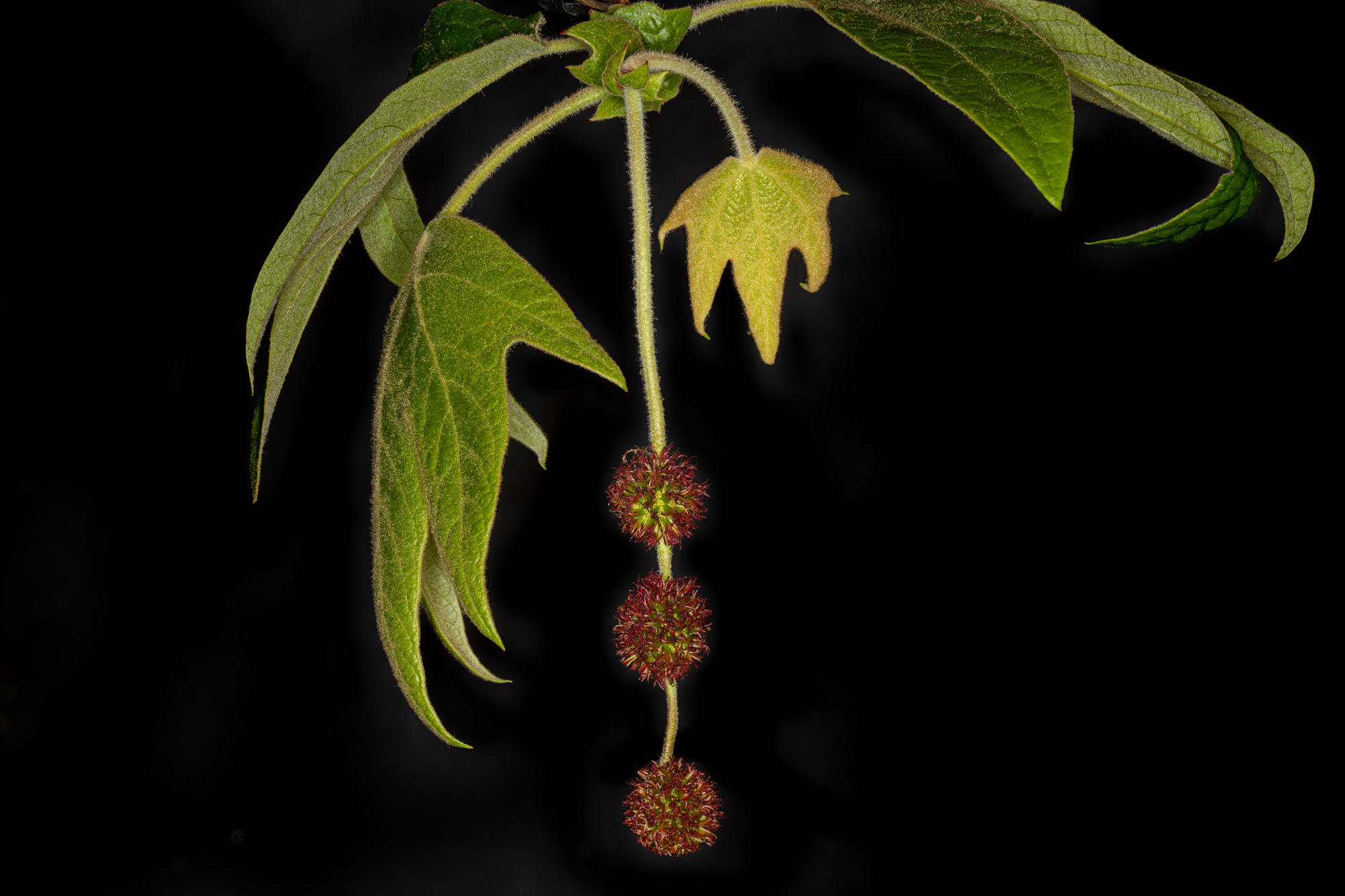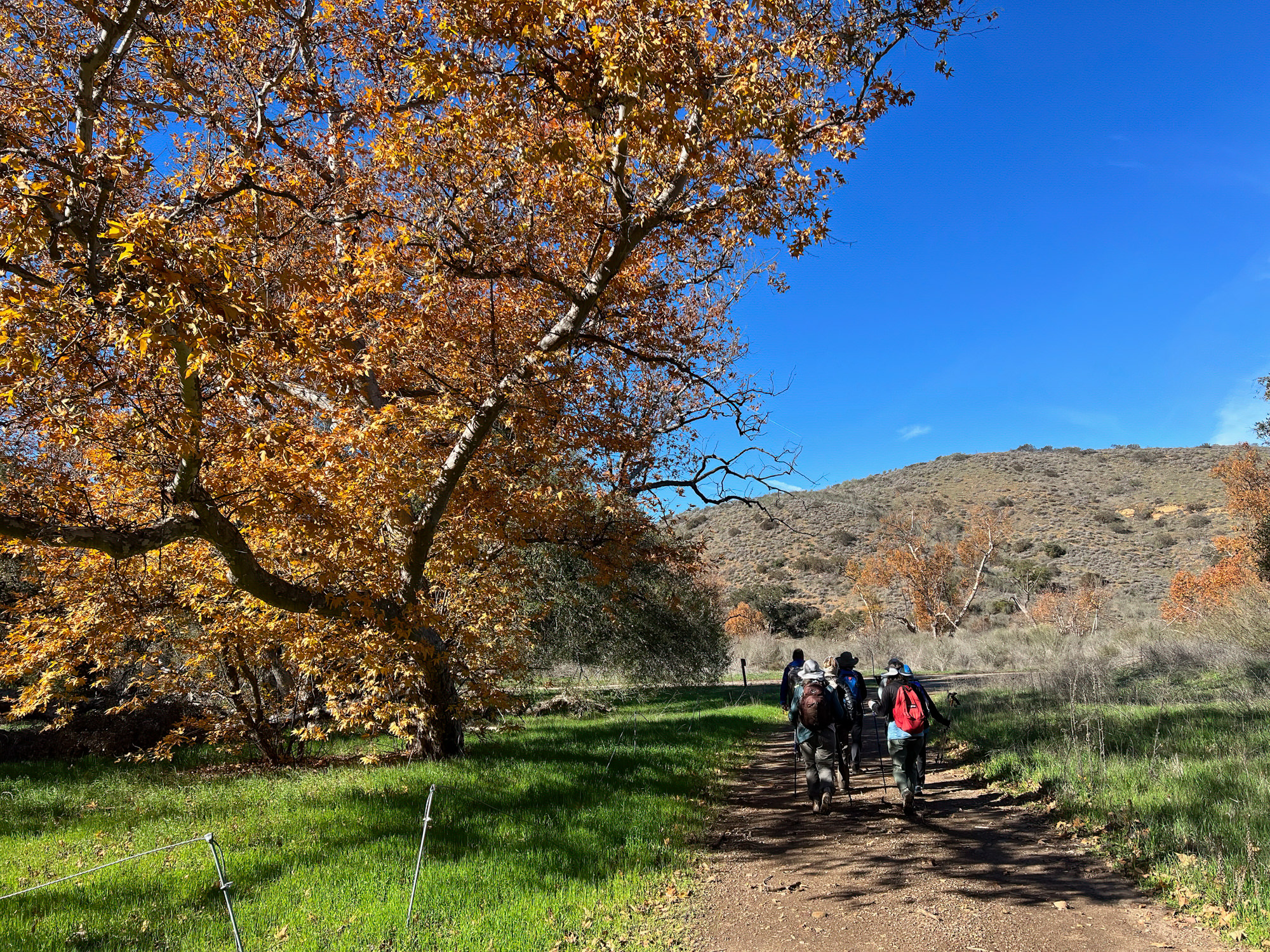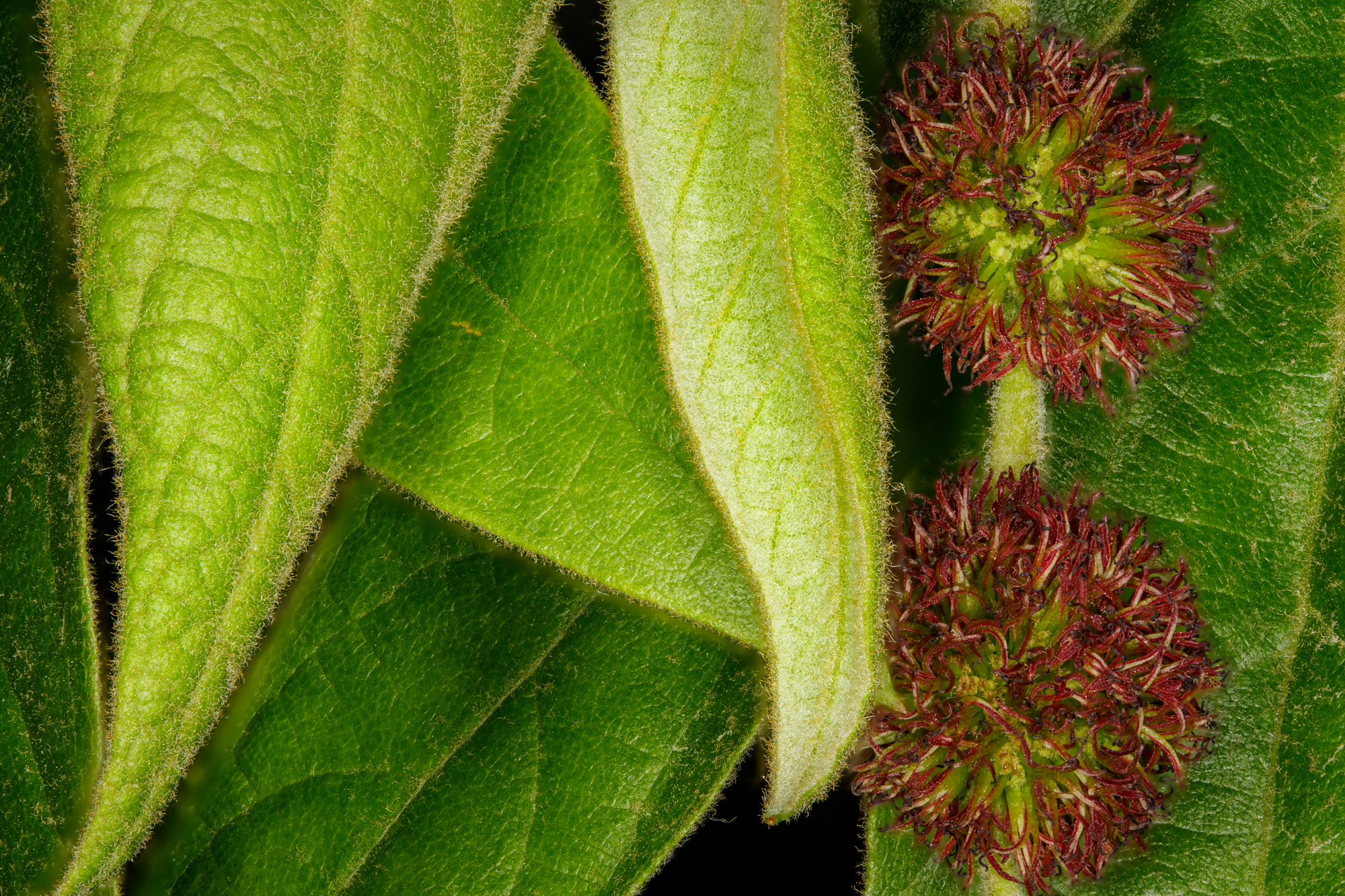Sycamore
- Platanus racemosa
| Common Name(s): | Sycamore |
| Scientific Name: | Platanus racemosa |
| Family: | Platanaceae (Sycamore) |
| Plant Type: | Tree |
| Size: | up to 90 feet |
| Habitat: | stream beds |
| Blooms: | February to April |
| Fire Response: | Sprouts from stump |
The onset of fall in Southern California brings with it memories of yellow-brown sycamore leaves crunching under foot or under wheel in Sycamore Canyon of Point Mugu State Park. Who says SoCal doesn't have seasons? Admittedly we would still need to drive somewhere for a proper winter, but fall is starting to put on its show in a park near you, with the main attraction being the California Sycamore.
I most remember sycamores on slightly damp, cool fall days, with enough cloud in the sky to hint of rainy days to come and enough blue to provide a striking contrast to the yellowing leaves. It is likely to make one yearn to sit by the fireplace while sipping something warm, pondering what to get loved ones for Christmas or whether to make any New Years resolutions.
Sometimes the growth pattern of the tree is more or less vertical, reaching the greatest of heights. Other times the shape is spread more horizontally, with branches sweeping the ground. Sycamore bark shreds irregularly to reveal different colors and textures beneath, thus giving a mottled appearance of grays and browns. Leaves are palmately lobed, like maple, up to a foot in diameter, and with a soft texture owing to a covering of fine hairs. Spring blooming gives way to fruit that is a decorative, spherical, spiky ball about a half to one inch in diameter. The pollen of sycamore is a suspected contributor to seasonal allergies.
Platanus racemosa is the only sycamore native to the Santa Monica Mountains. Platanus is the Greek name for Plane, an Old World term for this type of tree, that is basically synonomous with sycamore. Racemosa refers to the clustering of the flowers/seeds.
Contributed by Liz Baumann
Last modified: May 16 2024 20:15:12.
Number of Images: 12
Image Size Total: 6,466,475
References:
Wildflowers of the Santa Monica Mountains, by Milt McAuleyFlowering Plants: The Santa Monica Mountains, Coastal and Chaparral Regions of Southern California, by Nancy Dale
Chumash Ethnobotany: Plant Knowledge Among the Chumash People, by Jan Timbrook
Leaf Shapes Primer - Botanical Terms for Leaves: - Link

